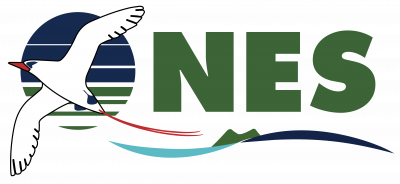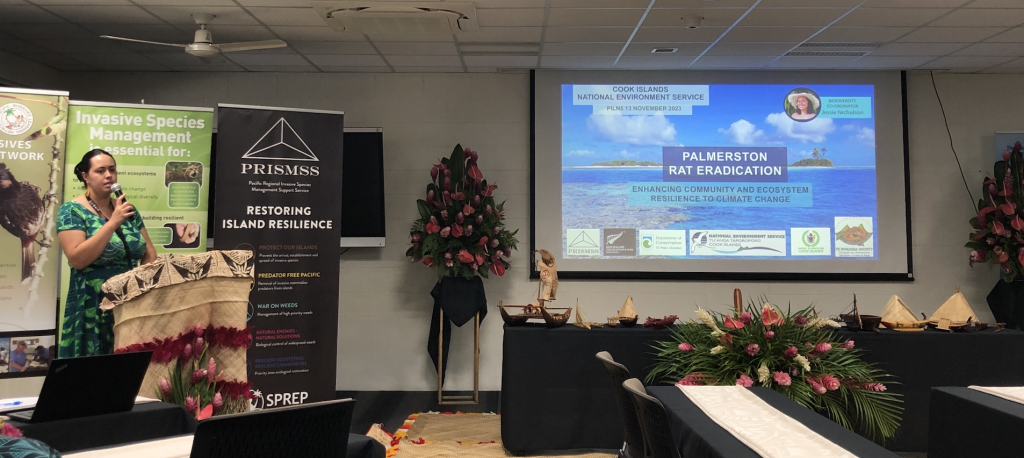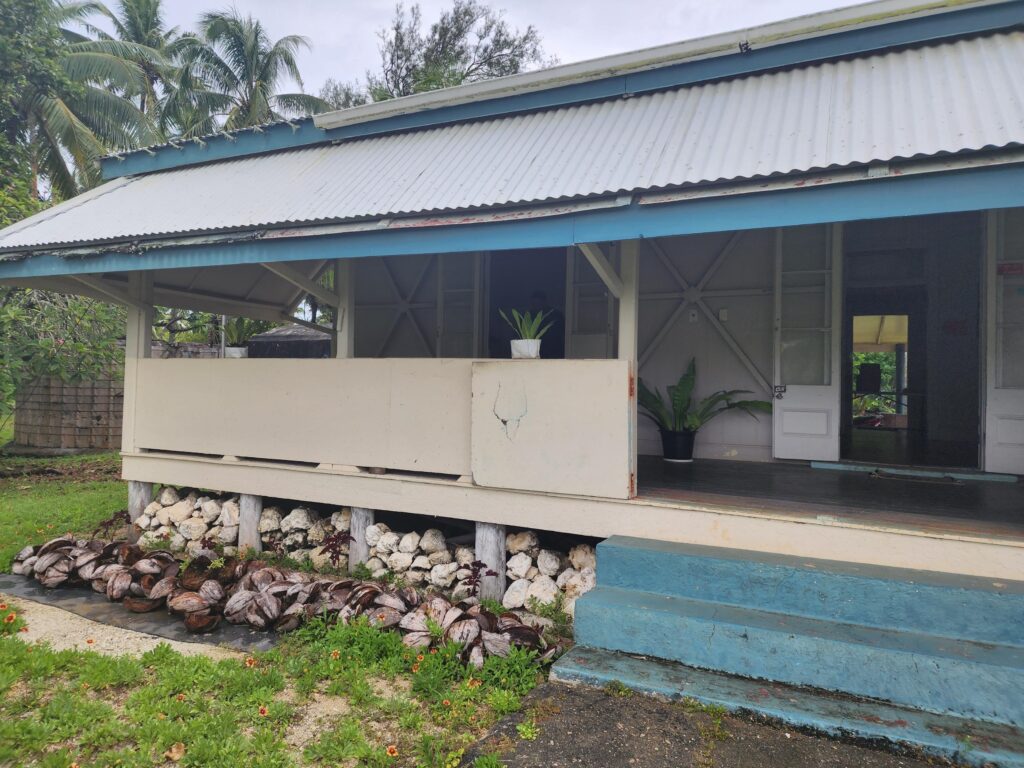Invasive species are the leading driver of biodiversity loss in the Pacific. They have a significant impact on ecosystem resilience leading to a loss of production in ecosystem services and a reduced ability to adapt to climate change.
The Pacific Invasives Learning Network (PILN) provides a network of support to invasive species “Battlers”. The 5th PILN meeting was hosted by the Pacific Regional Invasive Species Management Support Service (PRISMSS) in Apia, Samoa. The week-long meeting in October 2023, sought to advance invasive species management in-country by giving invasive species practitioners the opportunity to share success stories and case studies, and to learn about the PRISMSS frameworks, new systems and tools in place to facilitate and address country needs on battling invasive species.
Support for managing invasive species in the Pacific has amplified over the years. David Moverley, Invasive Species Advisor at the Secretariat of the Pacific Regional Environment Programme (SPREP), noted that in 2016, USD $3M was available to combat invasive species in the Pacific. This amount has risen to just under USD $30M as of 2023. It is imperative that support for invasive species management continues to grow in the Cook Islands, as 90% of extinctions that occur globally as a result of invasive species, have occurred on islands (IPBES Thematic Assessment Report on Invasive Alien Species and Their Control, 2023).
Palmerston has recently tackled their invasive species problem by way of a rat eradication on Home and Cooks motus. Jessie Nicholson, Biodiversity Coordinator at NES, presented on the eradication project at the 5th PILN meeting, highlighting the implementation of the Biosecurity Plan for Palmerston, Manihiki and Penrhyn, as the key element to strengthening biosecurity measures and ensuring no re-introduction of rats to Palmerston.
NES will continue to work with local stakeholders and partners to manage invasive species in the Cook Islands.
To learn more about PRISMSS, see here
To access resources on invasive species management, see here







